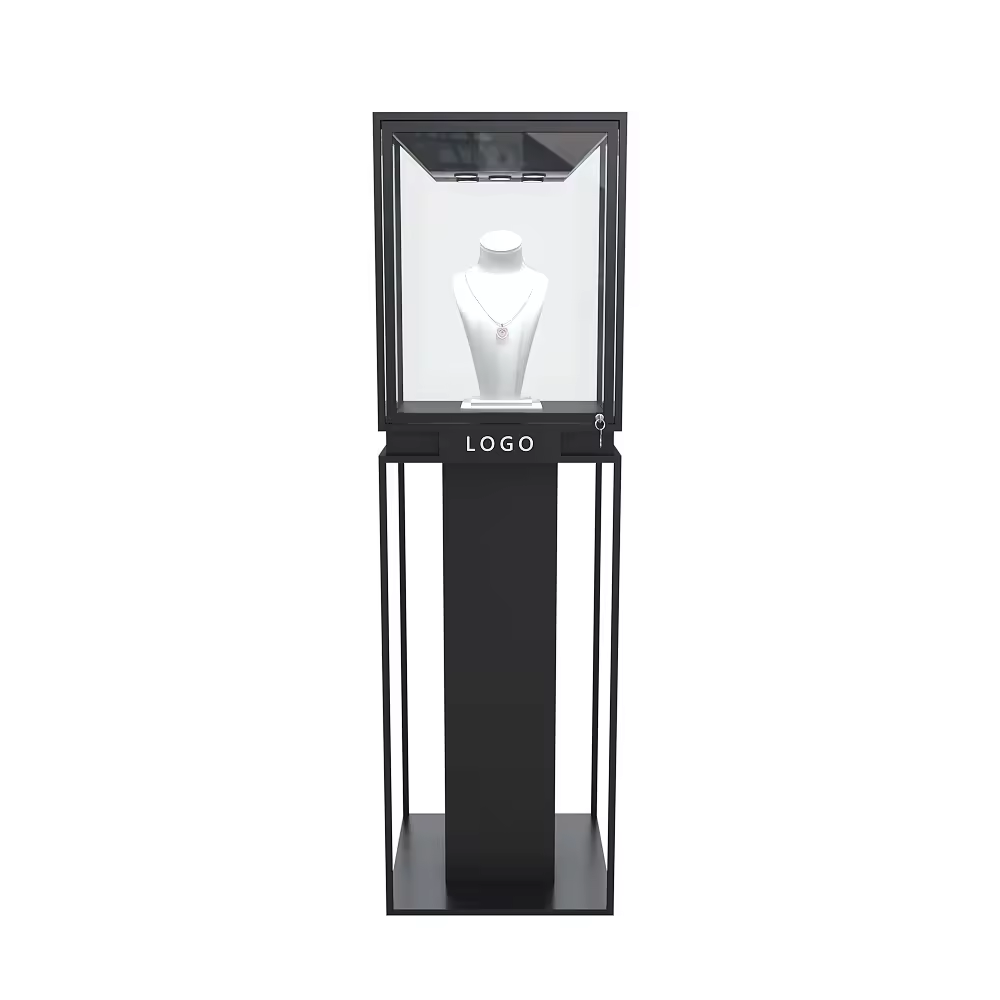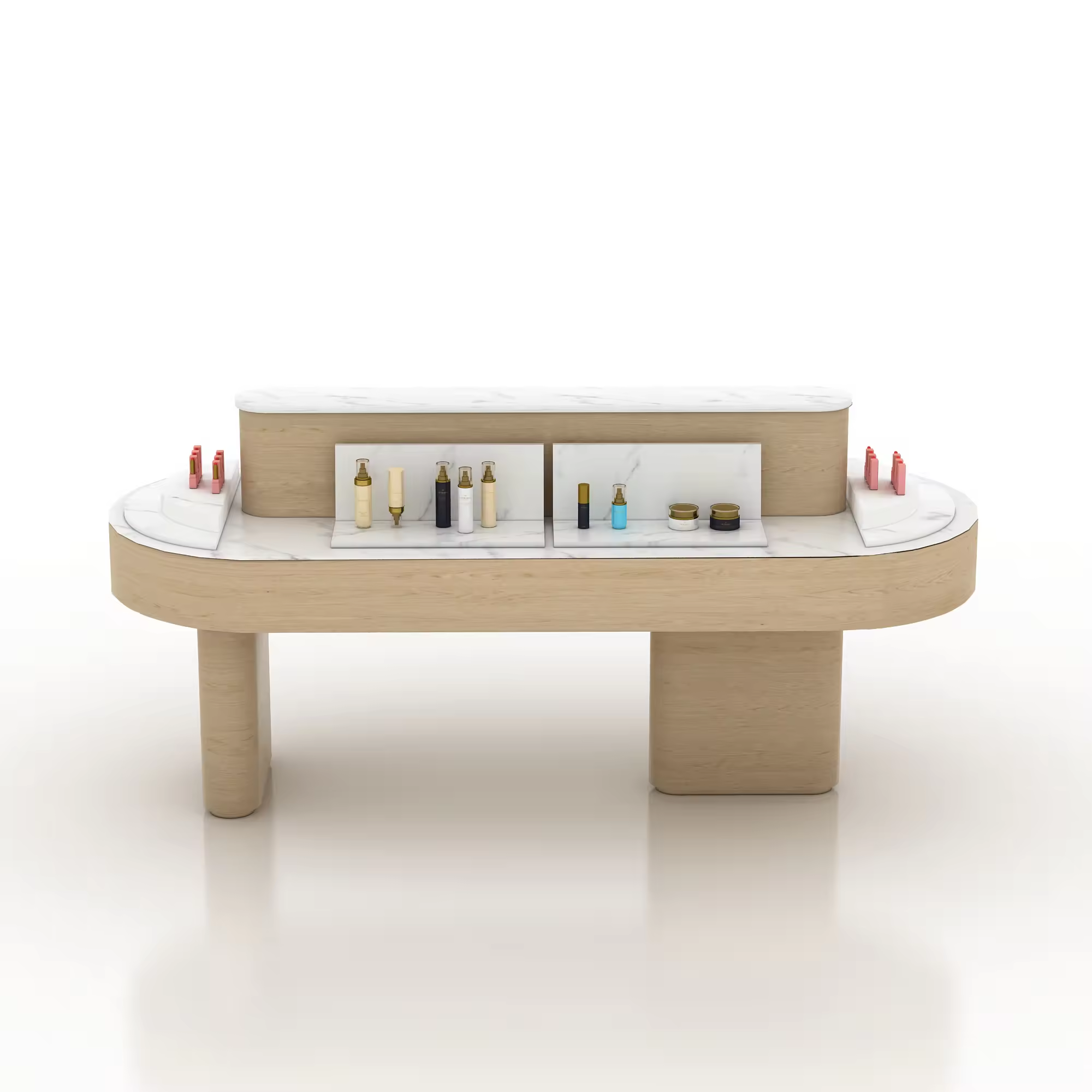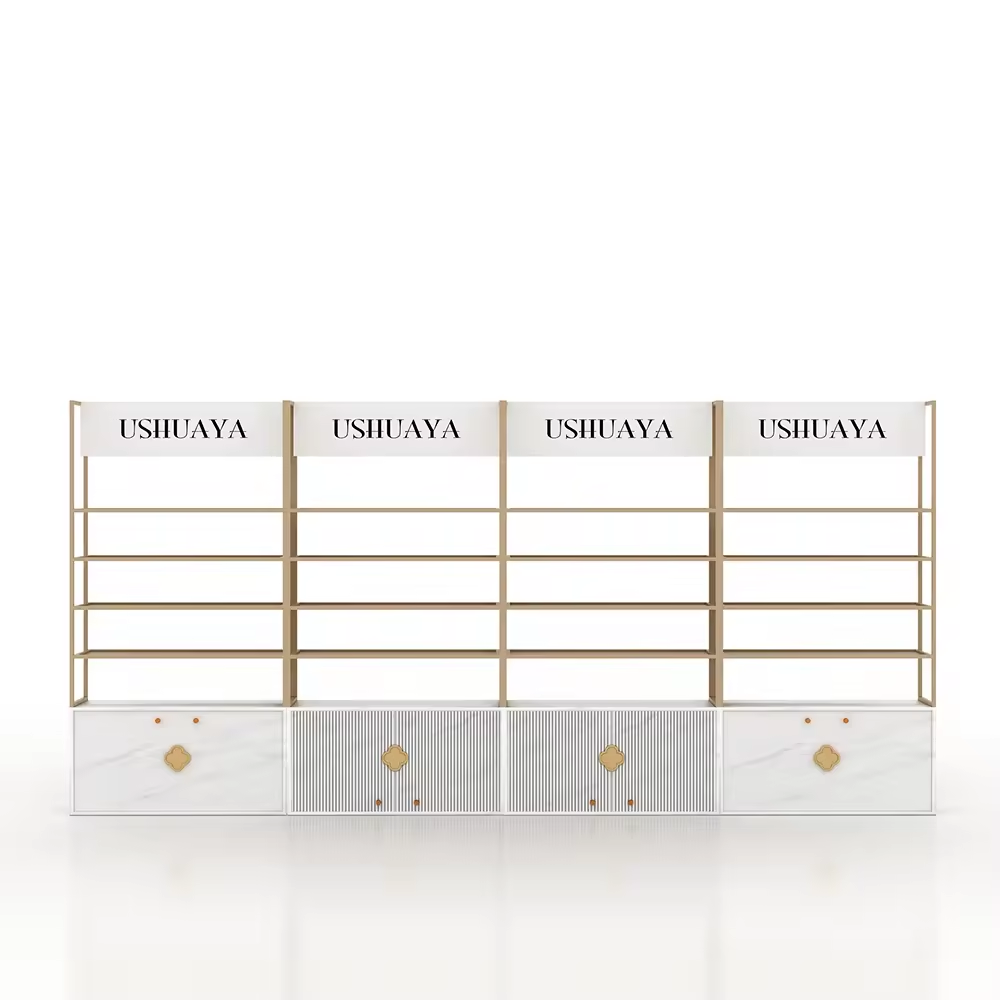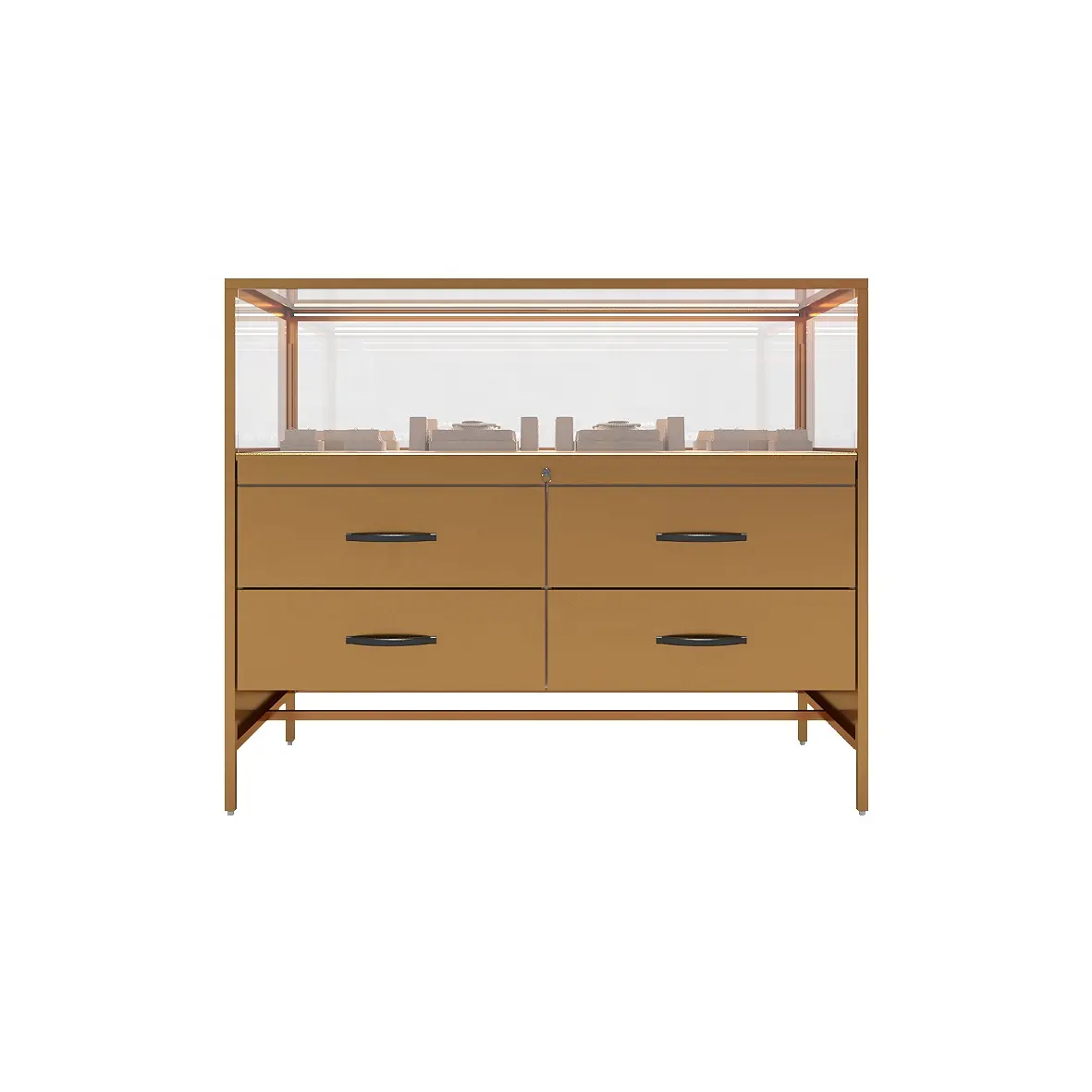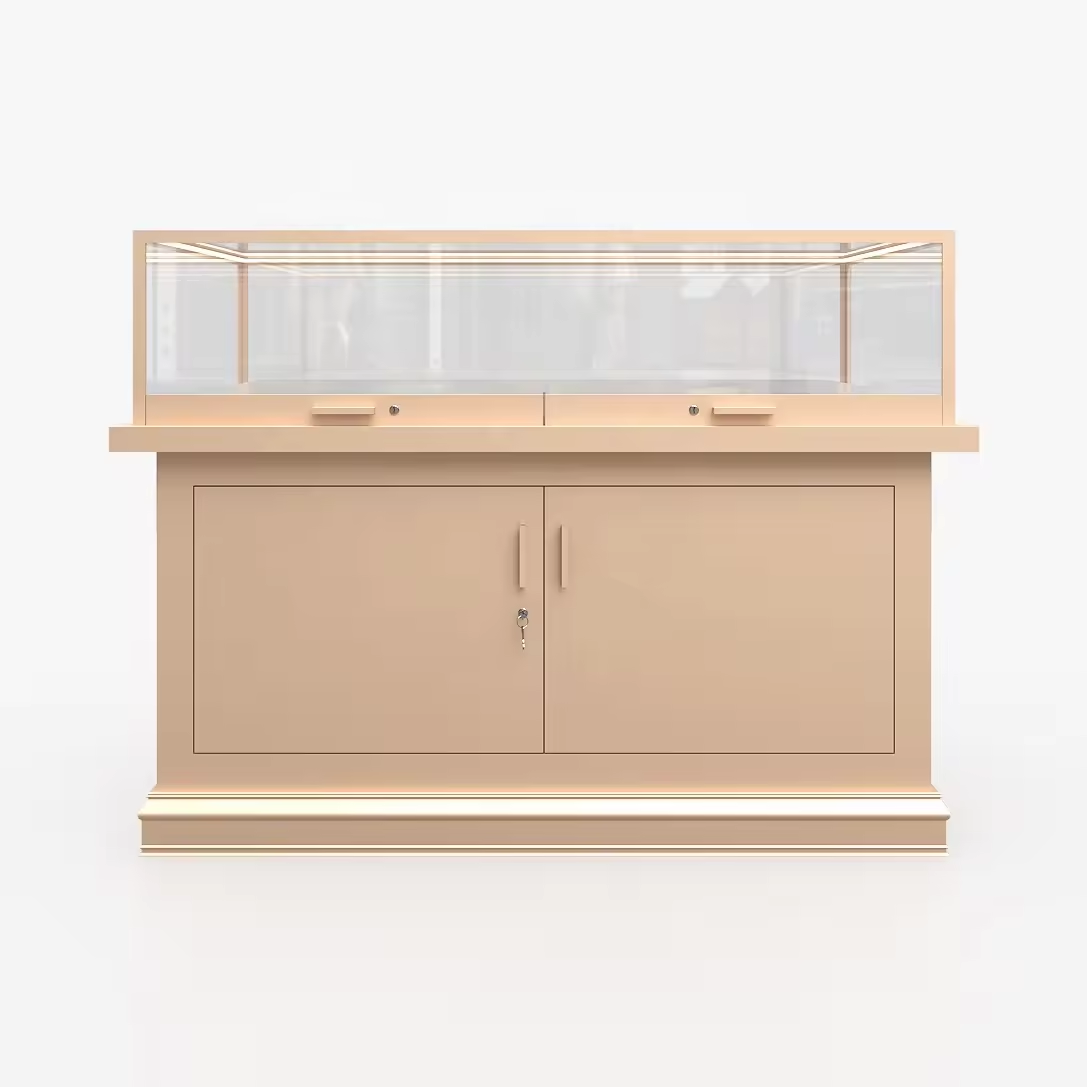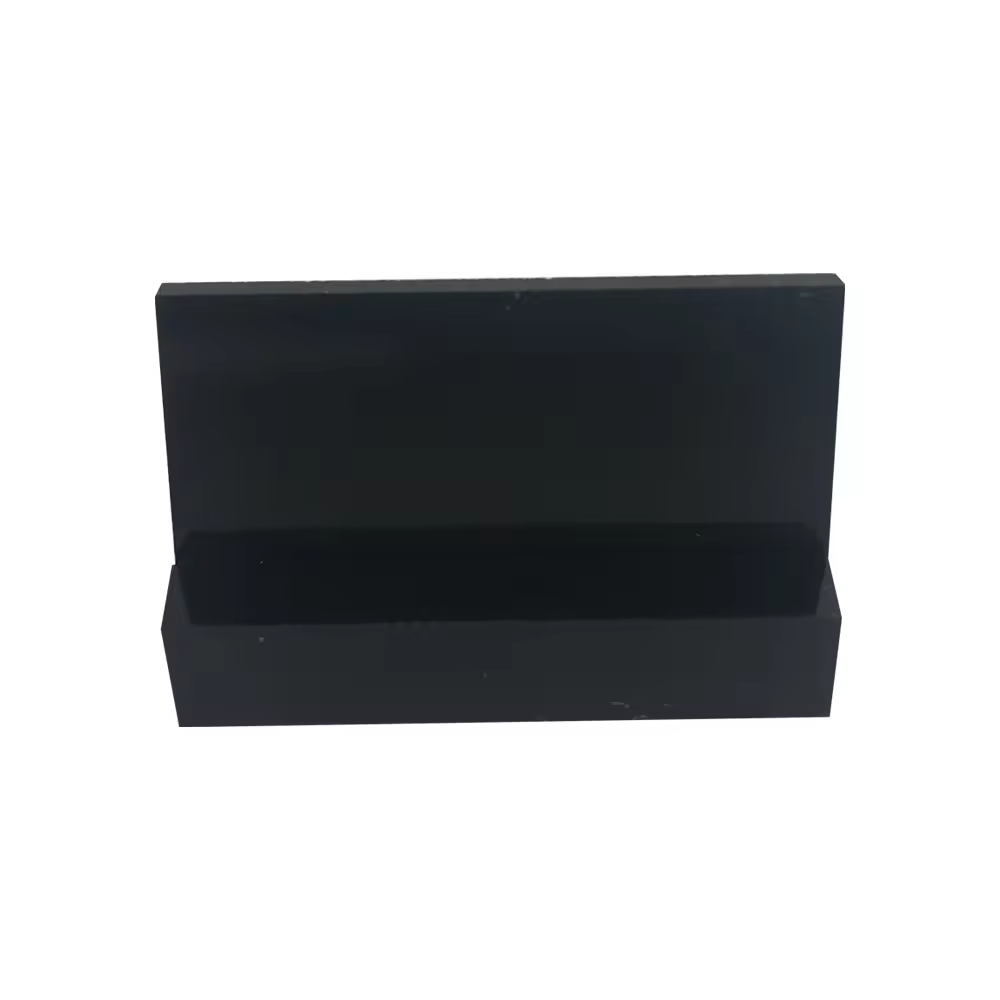Metals, a heavy, calm and versatile substance, have been closely related to people's lives since ancient times. From the earliest bronze, iron, and then modern alloys, they have played an important role in the process of human civilisation.
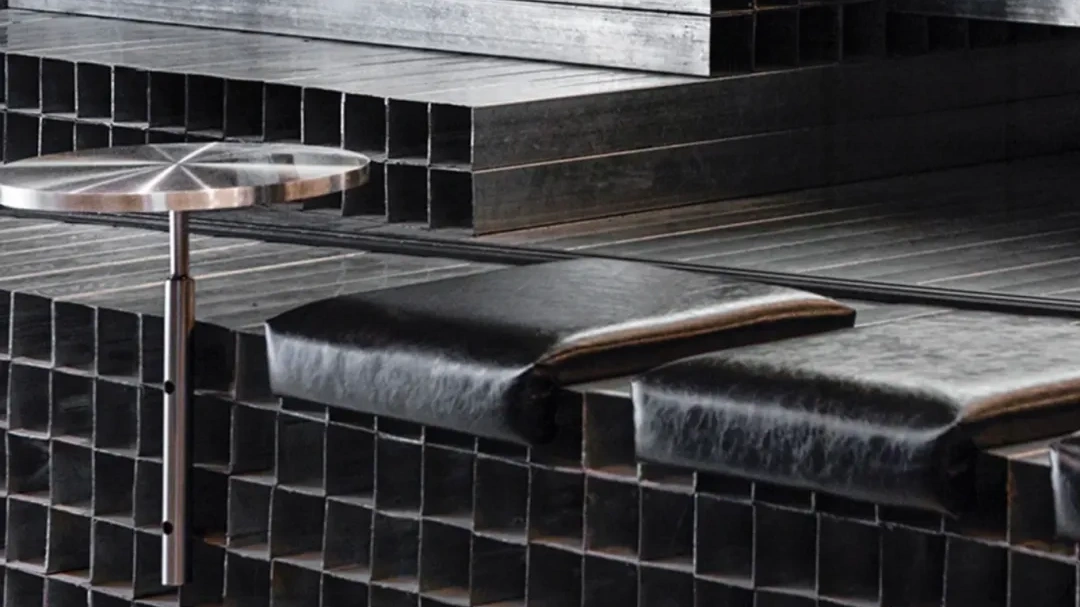
Nowadays, whether it's jewellery, decorative items or everyday objects, those shiny metallic objects seem to become ubiquitous and often make people marvel at the beauty of metal.
With the technological development of surface treatment, the appearance of a metal product no longer depends only on its own texture, but can also come from another substance - the coating.
Cosmetologists for surface treatment
In the beginning, the original colour of the metal surface was used to give different meanings, for example, gold, which shone with a golden lustre, was associated with the sun, creating the phenomenon of gold worship around the world.
In the 19th century, electroplating, the use of direct current to obtain metal coatings, began to appear, allowing ordinary metal materials to take on a crystalline texture, and even non-metallic products could be given a metallic lustre.
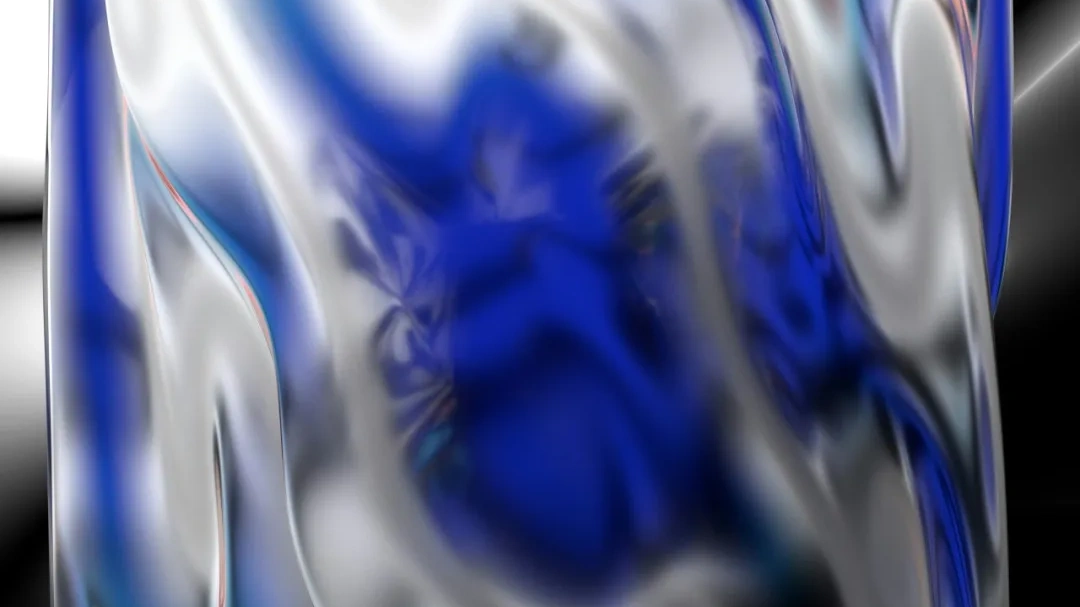
Plating changes the original appearance of the metal, resulting in us just look at the surface of a piece of product, it is increasingly difficult to distinguish what texture.
For example, cheaper than stainless steel, ordinary metal materials, through the attachment of plating surface layer, can also achieve the appearance of stainless steel effect.
Accordingly, when we judge the beauty of a product, no longer focus on the material itself, but will focus on how the surface treatment process.
Electroplating is like a ‘beautician’ for surface treatment, which can bring the luster and texture that is missing in the product itself. Especially for the pursuit of exquisite appearance of the product, the unique luster of the plating, invariably make the product ‘value’ doubled.
Both the neon dress and the iron cloth shirt.
Often, surface treatment processes strike a balance between decorative and practical, and electroplating is no exception. In addition to enhancing the sense of lustre, the plating process can also change the nature of the metal surface and improve the wear resistance, electrical conductivity and corrosion resistance of the product.

It is well known that most metals may undergo oxidative corrosion when exposed to air. Before the invention of electroplating, people usually plated a layer of stable, non-oxidising metal on the surface of these metals. Such plating techniques have a long history, such as the more common ‘gold plating’.
Metal Variations in the Workshop
In the manufacturing industry, the plating process is widely used, from small screws and parts to large metal shells, you can see the existence of plated parts.
Facing the huge and diversified production demand, Yirui supporting the creation of two automated plating line, in order to quickly respond to different surface process needs, and from the source to control the quality of plated products.
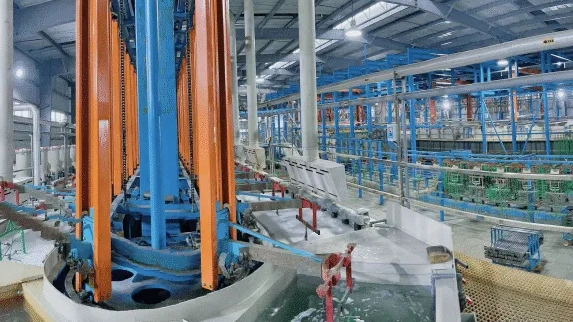
In Yirui automated plating line, the process can be roughly summarised into 3 steps, one is the pre-treatment of finishing the surface of the workpiece, the second is the plating process of immersing the product parts into the electrolyte, and the third is the post-treatment to enhance the various properties of the plated layer.
The pre-treatment process of electroplating mainly reduces the roughness of the workpiece substrate through surface grinding, polishing, degreasing and degreasing to make the plating layer more firmly bonded with the substrate.
When the pre-treatment of the workpiece is completed, the workpiece is then immersed in the electrolyte containing the plated metal ions by the automatic hanging plating line and energised with direct current to form the plated layer on the surface of the workpiece.
Compared to manual operation, Yirui's automated plating lines offer higher stability and are able to operate continuously and efficiently, reducing delays and errors in human operation, thus enabling large-scale and rapid production.
At the same time, automated equipment and systems can accurately control each parameter of the plating process, reduce the rate of defective and scrap products, and ensure the stability and consistency of product quality.



